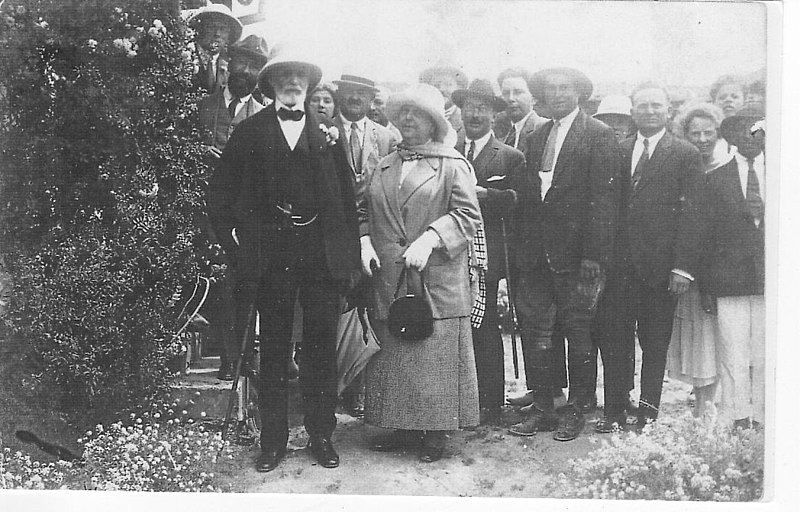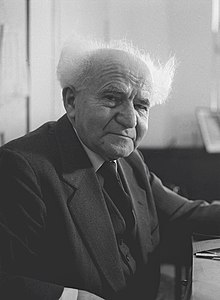The Sea of Galilee also called Lake Tiberias, Kinneret or Kinnereth, is a freshwater lake in Israel. It is the lowest freshwater lake on Earth and the second-lowest lake in the world (after the Dead Sea, a saltwater lake), at levels between 215 metres (705 ft) and 209 metres (686 ft) below sea level. It is approximately 53 km (33 mi) in circumference, about 21 km (13 mi) long, and 13 km (8.1 mi) wide. Its area is 166.7 km2 (64.4 sq mi) at its fullest, and its maximum depth is approximately 43 metres (141 ft). The lake is fed partly by underground springs but its main source is the Jordan River, which flows through it from north to south and exits the lake at the Degania Dam.
The Sea of Galilee is situated in northeast Israel, between the Golan Heights and the Galilee region, in the Jordan Rift Valley, the valley caused by the separation of the African and Arabian plates. Consequently, the area is subject to earthquakes, and in the past, volcanic activity. This is evident from the abundant basalt and other igneous rocks that define the geology of Galilee.
The modern Hebrew name, Kinneret, comes from the Hebrew Bible where it appears as the “sea of Kinneret” in Numbers 34:11 and Joshua 13:27, spelled כנרות “Kinnerot” in Hebrew in Joshua 11:2. This name was also found in the scripts of Ugarit, in the Aqhat Epic. As the name of a city, Kinneret was listed among the “fenced cities” in Joshua 19:35. A persistent, though likely erroneous, popular etymology of the name presumes that the name Kinneret may originate from the Hebrew word kinnor (“harp” or “lyre”), because of the shape of the lake. The scholarly consensus, however, is that the origin of the name is derived from the important Bronze and Iron Age city of Kinneret, excavated at Tell el-‘Oreimeh.[8] The city of Kinneret may have been named after the body of water rather than vice versa, and there is no evidence for the origin of the town’s name. For a different etymology, see Galilee#Sea of Galilee.










